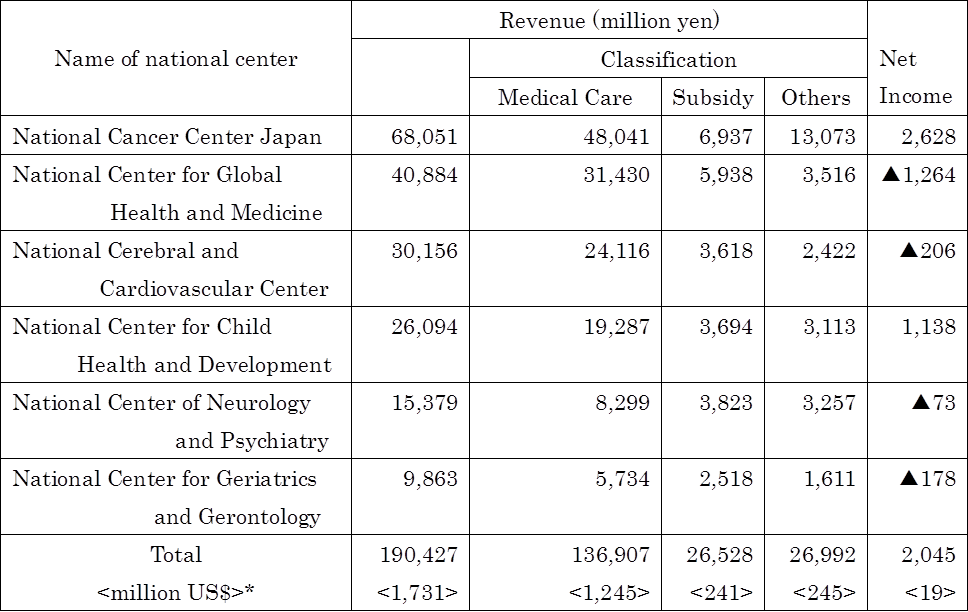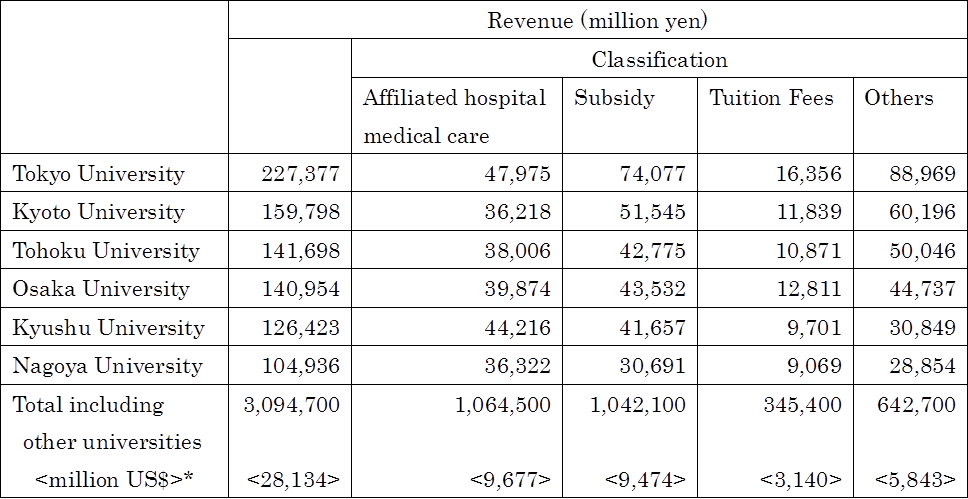Column Finance and the Social Security System 2018.05.14
【Aging, safety net and fiscal crisis in Japan】No.103: Little Room for Clinical Research and Development
When Prime Minister Abe gave a speech titled "A New Vision from a New Japan" at the World Economic Forum held in Davos, Switzerland, in January 2014, he made the following statement: "In addition, yesterday morning, I gave additional instructions to reform the Japanese system because we also need large-scale health care companies in the form of holding companies, such as the Mayo Clinic."
Mayo Clinic is an integrated healthcare network headquartered in Minnesota, USA, and its management structure is a non-profit holding company. Its total revenue in 2017 is the large amount of US$ 11,993 million and it plays an important role as a clinical field for the healthcare industry cluster, including pharmaceuticals and medical devices.
The national healthcare expenses (including long-term care) in Japan exceed 50 trillion yen, making Japan the second largest healthcare market in the world behind the United States. Therefore, it is correct that Prime Minister Abe set forth to create an entity that can compete with Mayo Clinic to improve the international competitiveness of the healthcare industry. However, this is unlikely to be realized because the government lacks specific measures. For example, while there are six national medical research centers as key organizations for clinical research in Japan, their total medical care revenue is only US$ 1,245 million (Table 1). Moreover, these six businesses are managed separately and there is no research synergy effect.
In addition, as shown in Table 2, the total medical care revenue of 45 hospitals managed by national universities that provide basic research and doctor training is US$ 9,677 million, which is smaller than that of Mayo clinic. Hospitals affiliated with national universities highly depend on subsidies, and those subsidies are supposed to be reduced to zero in the near future. In other words, expanding the deficit of hospital will endanger the survival of universities. Therefore, the government has recently allowed national universities to separate hospitals from them and merge with each other.
Table 1: Financial Balance of National Medical Research Center (2016)

*(Note) Converted at 1 US dollar = 110 yen
Source: Financial statements of each national center
Table 2: Revenue classification of national universities (2016)

*(Note) Converted at 1 US dollar = 110 yen
Source: Ministry of Education, Culture, Sports, Science, and Technology and financial statements of each national university
